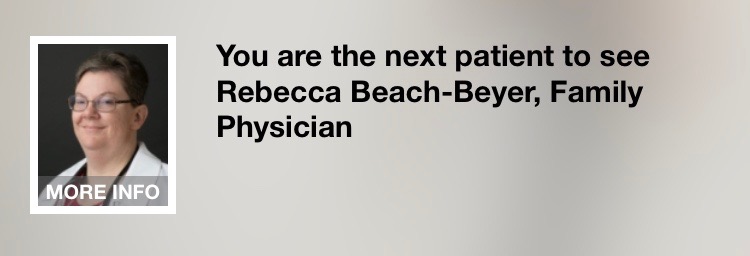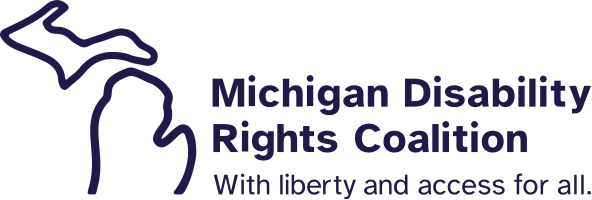Telehealth: More Access to What We Need
Wednesday, April 18, 2018


By Jen Mullins, BS, CTRS, MATP Staff
Earlier this year, I had an experience that I think many of us have had: I was home sick with a cold/virus/etc. and couldn’t get an appointment with my regular doctor (not that I really felt up to leaving my home to drive to the doctor & sit in the waiting room anyway). Thankfully, there was an accessible solution I hadn’t even considered: a co-worker informed me that telehealth is a part of our health insurance and I could have a video call with a doctor to get checked out & get medicine if they decided to prescribe it. Shortly after speaking with my co-worker, I had downloaded the app and was “on hold” waiting to video chat with a licensed physician; all from my phone! 
When a telehealth doctor was available, they greeted me, asked a few questions, looked at the brief medical history I had typed into the app, and prescribed me an antibiotic (she said she thought I had strep throat, but of course couldn’t do the test for it over the phone). The telehealth doctor said that I should inform my regular physician if I didn’t get better within the next few days and book an appointment with them then. That’s it! The video portion took about 8 minutes and there was a prescription ready at my local pharmacy in about an hour. My credit card was charged the price of a traditional office visit co-pay. It was so easy & accessible to me, I remember feeling like I had cheated or something (but of course I hadn’t!) It got me thinking: why isn’t more healthcare more accessible? Assistive Technology can facilitate more accessible access to healthcare.

I’m an avid NPR/Michigan Radio listener and recently listened to a piece that talked about Telemedicine for Autism-related therapy. The therapy mentioned in the piece traditionally requires a therapist to come to the individual’s home to provide  support/assistance to person and the caregivers. With Telemedicine, the therapist Skypes (does a video call) with the individual and their team/family to observe and provide those same ideas for support/assistance. The family highlighted in the radio piece lives in a rural area and it’s not always convenient or covered by insurance to have therapists come to them; a video call is a great solution and reportedly works well for their family.
support/assistance to person and the caregivers. With Telemedicine, the therapist Skypes (does a video call) with the individual and their team/family to observe and provide those same ideas for support/assistance. The family highlighted in the radio piece lives in a rural area and it’s not always convenient or covered by insurance to have therapists come to them; a video call is a great solution and reportedly works well for their family.
While doing some household chores recently, I turned on one of my favorite podcasts, The No Sleep podcast. While I listened to the commercial introduction, I heard an advertisement for Talkspace: therapy via an internet connection. My ears perked up and I smiled at hearing more about other applications of telehealth! Talkspace’s website shares: “We created Talkspace so more people could benefit from therapy and overcome their day-to-day challenges in a stigma-free environment. We are not trying to replace in-office therapy. Many people prefer that, which is fine. It can be difficult to wait days or weeks until your next appointment. With Talkspace, you can send your therapist a message whenever you’re near a laptop, tablet, or smartphone. Talkspace has therapists that can help you with depression, anxiety, the challenges of being part of the LGBT Community or a Veteran, and more.”

The applications of telehealth I mentioned in this blog post are only a few of what’s available and more and more is being added/made accessible everyday. Have you used telehealth before? Would you consider using it?

